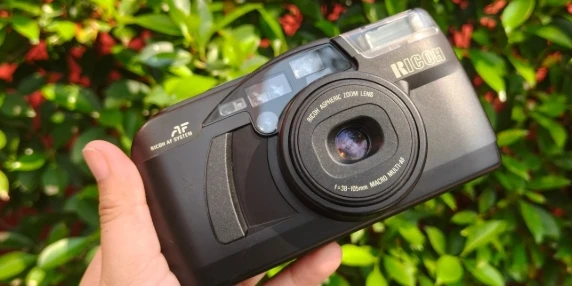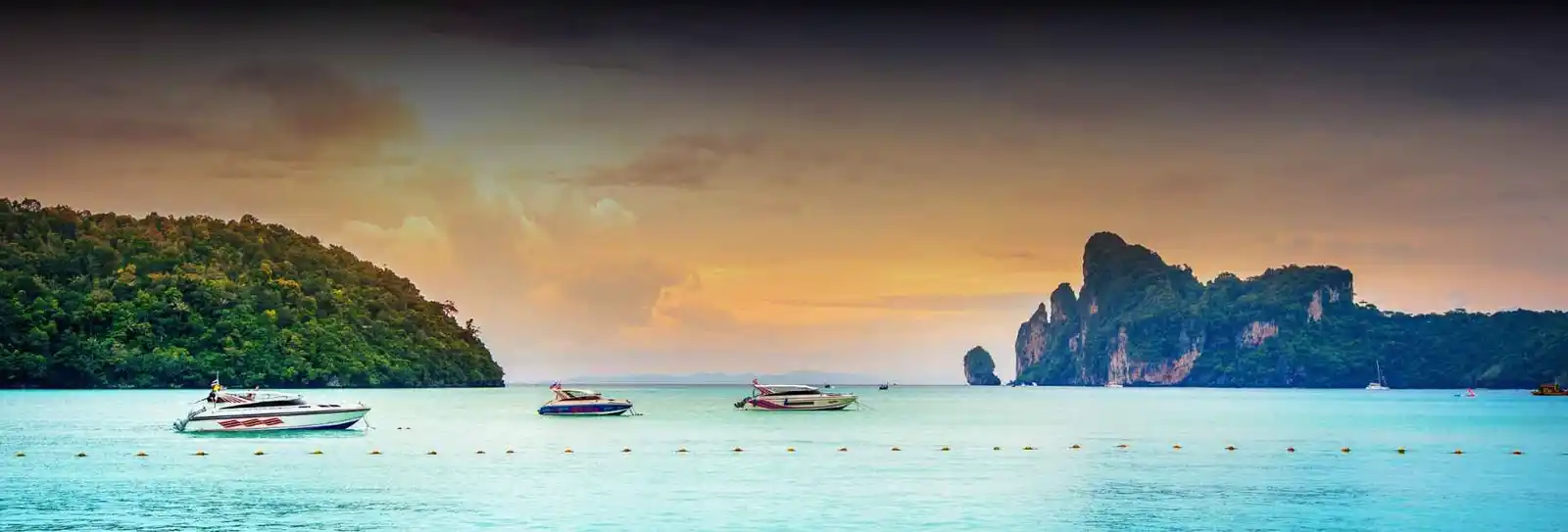
1. Get To Know Your CameraTake the time to know your camera, whether a DSLR, mirrorless, or smartphone, before venturing out on a hike. Get a handle on the fundamentals of aperture, shutter speed, and ISO, because these dictate how your photos are going to look in varying levels of light. Familiarise yourself with a feature such as aperture priority or manual, and be quick in swapping focus points. Learn how to master adjusting exposure compensation and white balance with different setups. After knowing your gear, you can capitalise on unintended situations such as a sudden burst of light or a bird flight. Believing that you must photograph using your camera will make you want to capture creative, thoughtful, and beautiful trekking photos.2. Framing and CompositionFraming and composition are the keys to all the variation in capturing interesting trekking photos from blank frames. Apply the rule of thirds to position your subject off-centre for a well-balanced composition. Utilise leading lines such as trails or rivers to lead the viewer's eye through the picture. Start by creating depth by employing natural features such as trees, rocks, or arches to frame your subject. Experiment with angles that shoot from high, go low, or experiment with unusual angles to avoid similarity. Leave room in the frame for the subject to "move into" or "look towards" to allow visual flow and interest. Rule of Thirds Application: The Rule of Thirds is a simple yet effective rule of composition that creates visual balance. Visualise your composition broken up into nine equal spaces by two horizontal and two vertical lines. Position important objects, such as a summit crest, mountain ascender, or sunfall, on such lines or points of intersection so that the eye has to move out of necessity. Placing the horizon line in the upper third, for example, brings attention to the foreground, whereas at the lower third brings attention to the sky. Off-centring, thus, is more cinematic and also prettier than being centred altogether. The rule of thirds will automatically make your trekking photo composition better.Leading Lines: Eye-leading visual factors that guide the eye into an image, to the subject matter. Natural factors such as bent trails, rivers, ridges, or tree lines in the forest are apt to be leading lines in trek photography. Place these lines to start at the front and extend to the back or an area of focus, i.e., a mountaineer or a summit. This provides movement and depth to your image and also becomes a close-up. Good leading lines are stories themselves and give the feeling of travelling, and thus, your trek photos will become interesting and professionally snapped.Alter Your Angle: An adjustment of angle can transform an ordinary trekking photograph. Rather than deleting continually at eye level, experiment with angles—hobble along near the ground to emphasise textures and foreground information, or climb higher for a broad bird's-eye view. Altering your altitude can uncover patterns, depth, or concealed details you wouldn't notice otherwise. Crouch, lie down, or shoot over rocks or twigs for a creative shot. Another angle not only makes the pictures better but also provides a more thrilling, dynamic account of your trekking experience. Try different angles without hesitation.3. Use the Lowest Available ISOThe key to capturing clear, high-quality trekking photos with less noise is to use the lowest available ISO. ISO dictates how sensitive to light your camera must be; lower numbers, like ISO 100 or 200, will give cleaner, crisper photos when there is a lot of light outside during the day. Higher numbers yield grain and loss of detail, both being nuisances in landscape photography. On sunny afternoon hikes, set with the lowest ISO and get your proper exposure by compensating with aperture or shutter. If light is low, boost ISO only when unavoidable, and expose longer with a tripod to compensate for it. Low ISO keeps your photos sharp and professional.4. Use a Tripod where NecessaryA tripod is a saviour for a trekker during low light, sunset/sunrise time, or shooting long exposure photography like cascading waterfalls or a starry night sky. It steadies the camera and enables you to record slower shutter speeds without causing blur. It is extremely handy when photographing at low ISO for cleaner images. Traveller and minimalist tripods are perfect for hikes since they introduce stability without adding bulk. A tripod also helps with framing and time-lapses. While not always necessary, using the services of a tripod at the appropriate time will significantly enhance the quality and creativity of your photographs.5. Use during Golden HoursThe golden hours, the dawn or pre-dawn, and pre-sunset, are optimum times for the most pleasing natural light for trekking photography. These times offer warm, soft, and diffused sunlight, long shadows, and gorgeous golden light across the landscape. This light provides depth, texture, and warmth to nature, ranging from ridges to trails. Golden hour never accepts flat light or harsh contrast of midday sun. While taking a golden-colored horizon or a sunlit trail, golden hour light can turn your trekking photo into both beautiful and emotive photos.6. Research About the TrekBefore trekking, sufficient research needs to be done for a comfortable and safe experience. Start with knowing the level of difficulty, is it a beginner's trail or a professional climb? Know when to travel, since the weather is crucial to your trek. Know about the terrain, whether rocky trails, woods, or alpine meadows. Know the local culture, flora, and fauna, as well as safety measures. Know about permits and equipment required, particularly for closed or inaccessible areas. The more you know, the better prepared you'll be to cope and make the most of it.7. Tour Around to Recon Your DestinationIt's worth reconquering your trekking area in advance before a successful trek. Drive around and get a peek at any landmarks, potential danger zones, or alternative routes. Drink in the scenery, from boulder trail to thick woods, so you can make your best course of action. Take note of rest stops, water stops, and photo opportunities. If possible, gather additional information from locals or other hikers regarding trail conditions or secrets. Getting into the ground early will leave you in a better disposition, more willing to collaborate and, above all, more willing to receive what the hike will deliver to you.Why Book with escape2exploreWhen exploring the Treks in Karnataka and beyond, escape2explore stands out as a trusted name in adventure and experiential travel. Here’s why hundreds of travellers choose us for their getaways:Trusted, Well-Reviewed Local Operator: escape2explore has gained the trust of thousands of content tourists all over India. With persistent positive feedback and an unblemished reputation for delivering quality experiences, we assure your experience to be hassle-free, memorable, and value-packed. Our insider local knowledge guarantees that you to always be in safe hands.Seasoned Guides: Our trips are led by friendly, trained, and professional guides who are passionate about the outdoors and your safety. Whether it's a beach trek, a cultural tour, or a spiritual walk through temples, our team knows the terrain, the stories, and how to make each moment count.Safe & Curated Itineraries: Your safety is our number one priority. Each of our tour packages is thoughtfully crafted with safety measures, researched accommodations, and easy travel arrangements. We take care of the details so you can have the experience hassle-free and worry-free.Unique Experience That You Won't Find Anywhere Else: With escape2explore, you discover more than the tourist attractions. We go off the beaten track with hidden beaches, unusual treks, offbeat cultural destinations, and true interactions. Whether camping out beneath the stars or exploring a hidden beach cove, we present to you the other side of Coorg that not many get to encounter.Read: AMK|Andharban Jungle|Sandhan Valley|Maharashtra Experinece|Tikona Fort


